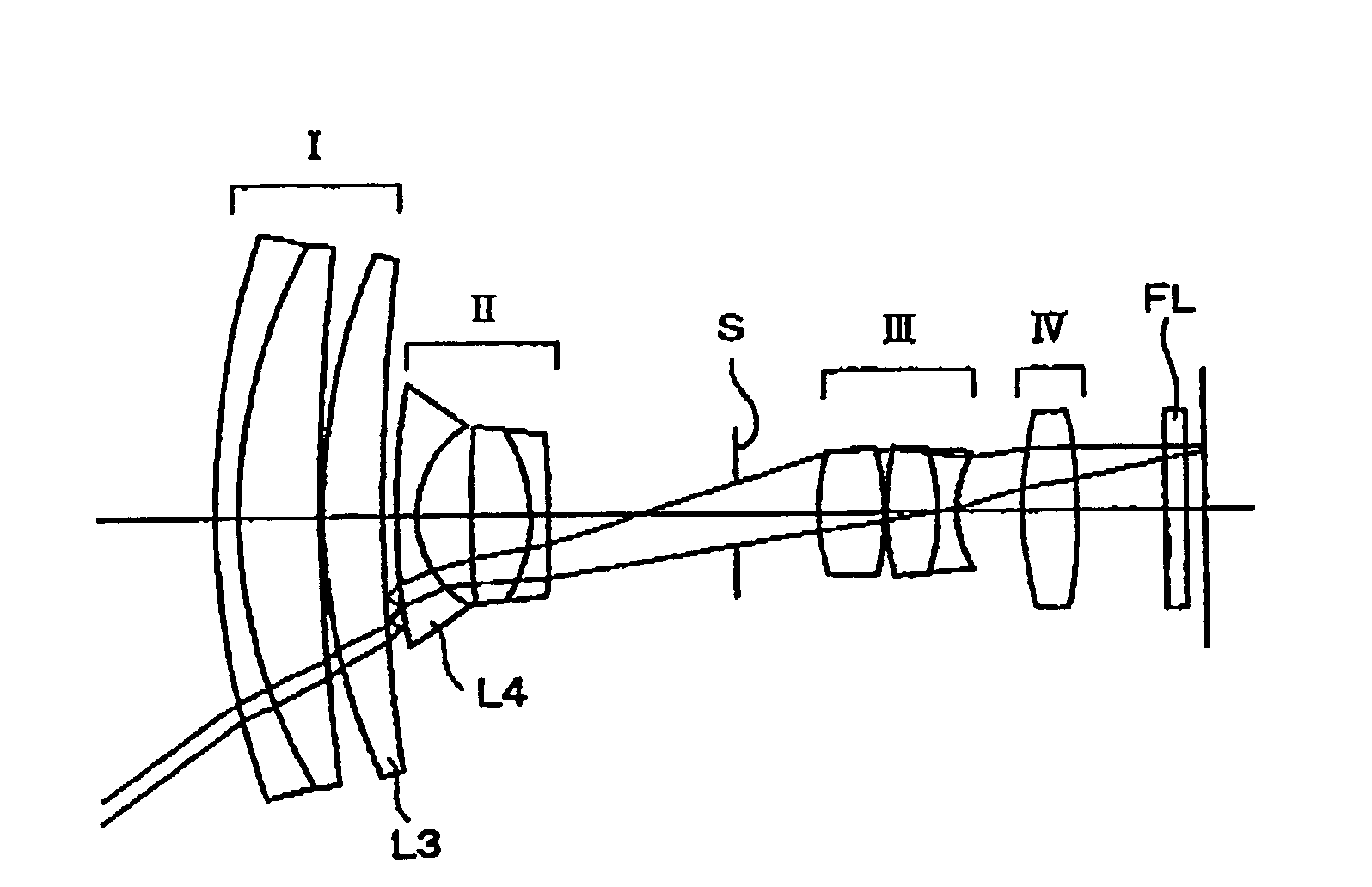Zoom lens unit, imaging device and photographing device
a zoom lens and imaging device technology, applied in the field of zoom lens units, imaging devices and photographing devices, can solve the problems of difficult to tolerate ghost images, no specific data about the zoom lens units themselves, and measures against ghost images, so as to effectively inhibit ghost images
- Summary
- Abstract
- Description
- Claims
- Application Information
AI Technical Summary
Benefits of technology
Problems solved by technology
Method used
Image
Examples
Embodiment Construction
[0118]An embodiment of a photographing device will be described with reference to FIGS. 11A to 11 and 12. In this embodiment, the photographing device is a mobile information terminal, although it is not limited thereto.
[0119]As illustrated in FIGS. 11A to 11 and 12, a mobile information terminal 30 includes a photographing lens 31 and an area-type light receiving element (area sensor) 45 which is an imaging element. In the mobile information terminal 30, an image of a photographic object by the photographing lens 31 is imaged onto the light receiving element 45, and the image is read out by the light receiving element 45.
[0120]As the photographing lens 31, for example, any one of the zoom lenses described in (a)-(m), more particularly, a zoom lens unit described in the after-mentioned embodiment is used, for example. In addition, as the light receiving element 45, a light receiving element having 5 million to 8 million pixels or more, for example, a CCD (Charge-Coupled Device) area...
PUM
| Property | Measurement | Unit |
|---|---|---|
| reflectivity | aaaaa | aaaaa |
| half field angle | aaaaa | aaaaa |
| half field angle | aaaaa | aaaaa |
Abstract
Description
Claims
Application Information
 Login to View More
Login to View More - R&D
- Intellectual Property
- Life Sciences
- Materials
- Tech Scout
- Unparalleled Data Quality
- Higher Quality Content
- 60% Fewer Hallucinations
Browse by: Latest US Patents, China's latest patents, Technical Efficacy Thesaurus, Application Domain, Technology Topic, Popular Technical Reports.
© 2025 PatSnap. All rights reserved.Legal|Privacy policy|Modern Slavery Act Transparency Statement|Sitemap|About US| Contact US: help@patsnap.com



